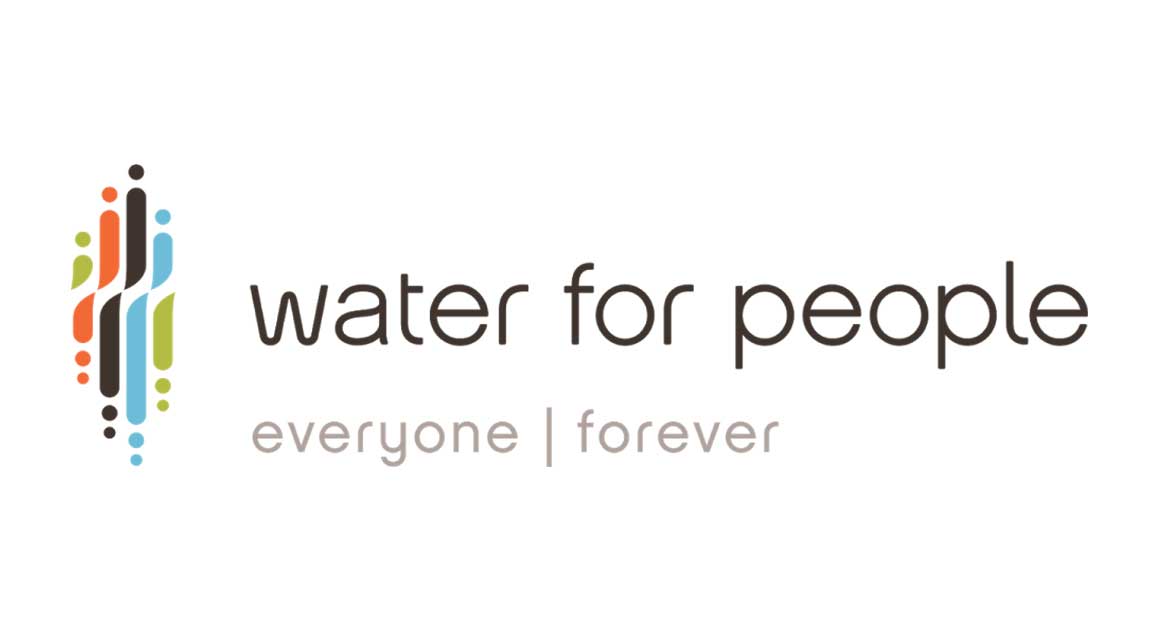WALNUT CREEK, Calif., April 24, 2017 – Brown and Caldwell ranks first out of five environmental engineering firms in per capita giving to Water For People, an international nonprofit that is working to improve access to safe water and sanitation for over 4 million people in nine developing countries. These firms comprise the Water For People Leadership Council, on which they work together to increase support for Water For People among the engineering and construction community.
In fiscal year 2016, Brown and Caldwell gave $94.46 per capita – or average per person – over 1,500 employees.
Brown and Caldwell has been a long-time partner of Water For People as well as Engineers Without Borders, a charitable organization that helps countries develop and maintain critical water infrastructure. One in every three employees contributes monthly to one or both of these organizations.
“Brown and Caldwell is the second smallest company on the Leadership Council, and yet we provide the highest amount of donations per employee,” said Rich D’Amato, president and chief operating officer of the employee-owned firm. “Our employees live the value that clean and safe water should be a right for everyone, through the work they do and the zeal in which they give charitably.”
Brown and Caldwell scientist Erin Donnelly experienced firsthand the impact of Water For People’s work when she set out on a service trip in West Bengal, India. After studying two communities whose wells regularly run dry in the non-monsoon seasons, Donnelly helped fashion a Local Water Resources Management plan template to sustainably manage the region’s potable water supply. Water For People plans on using this template to help other communities manage their local water resources.
“It was a truly inspiring experience to watch Water For People empower communities, governments, and businesses to implement sustainable water solutions,” Donnelly said. “I am proud to work for a company that values giving me and my colleagues time to help solve the problem of water safety and scarcity on a global level.”
